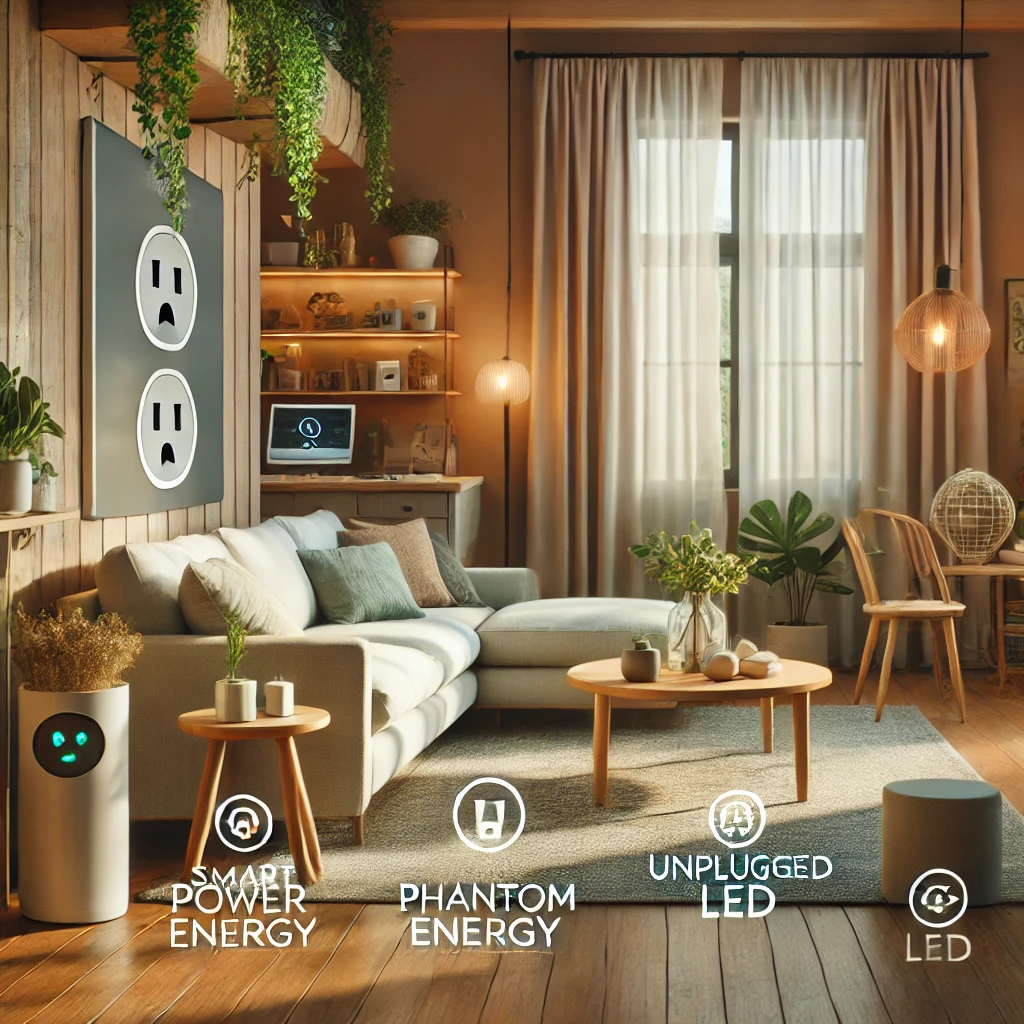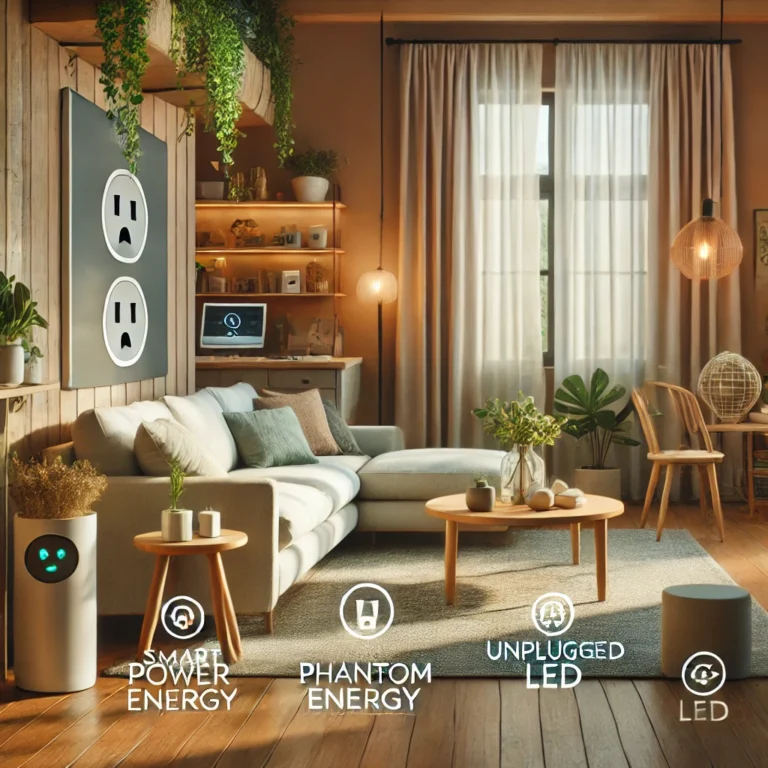Physical Address
304 North Cardinal St.
Dorchester Center, MA 02124
Physical Address
304 North Cardinal St.
Dorchester Center, MA 02124


Have you ever considered how much energy your devices use even when they’re turned off? Phantom energy, also known as standby power, is the energy consumed by appliances and electronics while they’re not actively in use. By understanding and managing phantom energy, you can reduce your electricity bill and lessen your environmental footprint. Here’s how to make your home more energy-efficient and keep those “phantom” costs at bay.
Phantom energy, also called vampire energy, refers to the electricity drawn by devices when they’re plugged in but not actively in use. This includes everything from TVs on standby mode to chargers that are left plugged into the wall after your phone or laptop is disconnected.
Phantom energy use is surprisingly widespread. In fact, the U.S. Department of Energy estimates that standby power accounts for about 10% of household electricity consumption on average. Worldwide, it’s a persistent issue, and small actions taken by many can make a substantial impact on global energy use.
Reducing phantom energy is an easy step toward a more eco-friendly lifestyle. When you lower your standby power consumption, you’re not only cutting down on wasted energy but also contributing to a decrease in overall carbon emissions. This can be particularly impactful in regions where energy sources are nonrenewable.
Phantom energy drains come from various sources, but here are some common culprits to look out for:
Here are actionable steps that can be applied globally to help reduce standby energy use:
Unplug When Not in Use
One of the simplest ways to reduce phantom energy is to unplug devices and appliances when you’re not using them. This works for smaller items like chargers, kitchen appliances, and personal electronics.
Use Power Strips
Using power strips is an effective way to easily switch off multiple devices at once. Invest in a smart power strip with an on/off switch, or one with a timer, and plug in devices that don’t need to stay on 24/7, like TVs and gaming consoles.
Turn Off Standby Settings
Most devices, especially newer ones, come with energy-saving settings. Turn off any “instant-on” or standby mode features that you may not need. Checking your device’s settings is a great first step.
Invest in Smart Plugs and Outlets
Smart plugs and outlets allow you to control your devices remotely and turn them off automatically. For example, you can program lights and appliances to switch off when not in use.
If you’re looking to take things a step further, smart home solutions offer flexibility and control over your home’s energy use:
One of our readers, Sarah from Sydney, took steps to reduce phantom energy in her home. She installed smart power strips and made it a habit to unplug chargers and small appliances after use. Over six months, Sarah noticed a 10% drop in her electricity bill and felt more mindful of her energy use.
So, have you ever thought about reducing phantom energy in your home? We encourage you to try some of these tips and see the difference it makes. Small steps, like unplugging your devices or using a smart power strip, can collectively lead to big changes in reducing energy waste.
What are your favorite ways to save energy at home? Share your tips with us and join the movement towards a greener, more sustainable lifestyle!